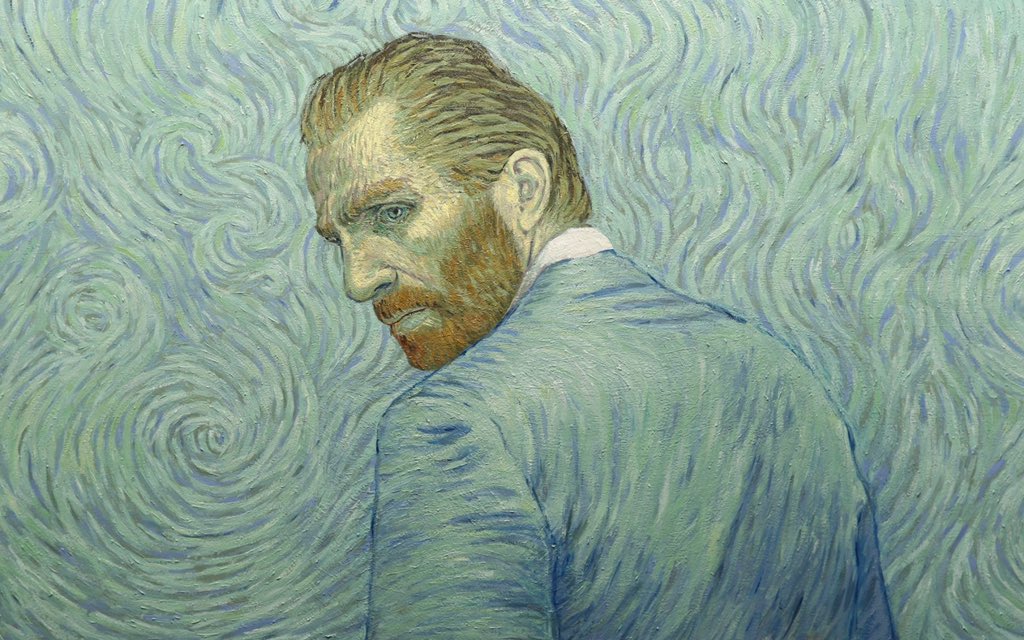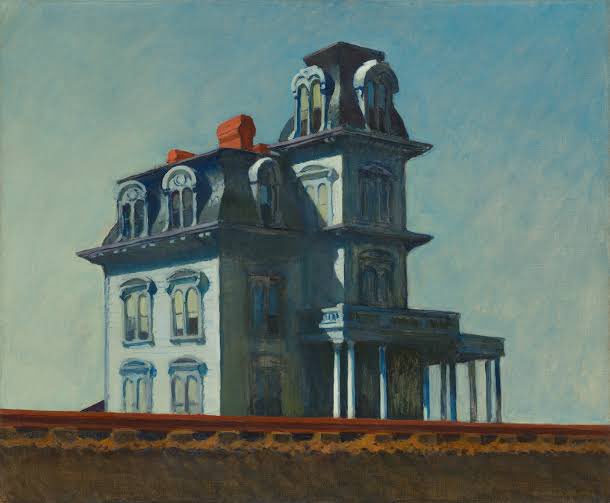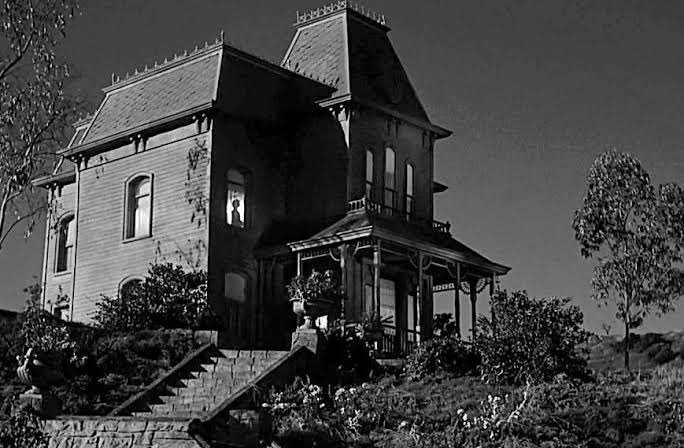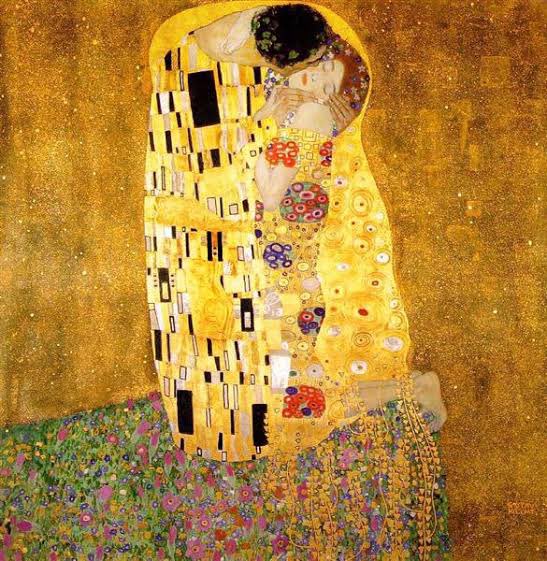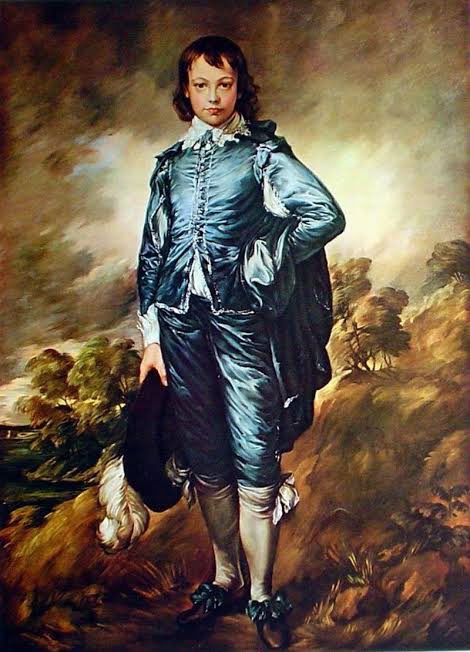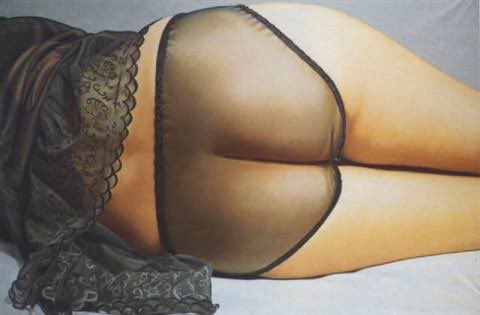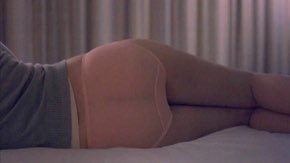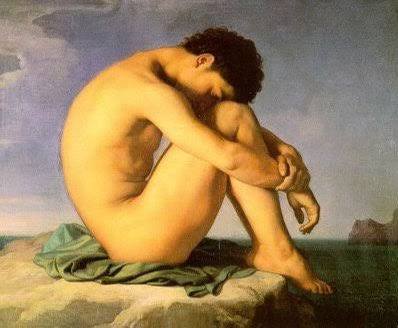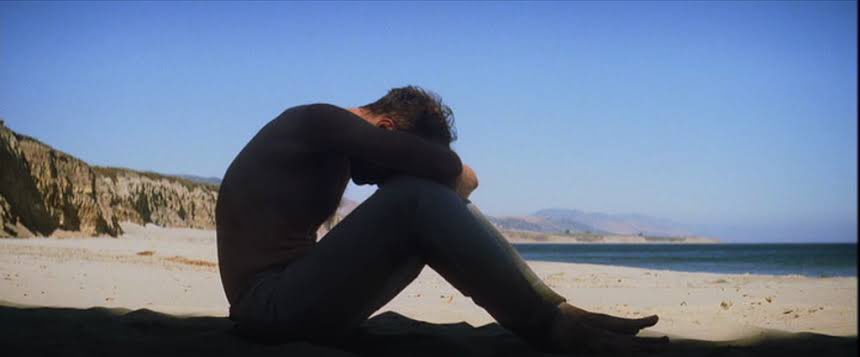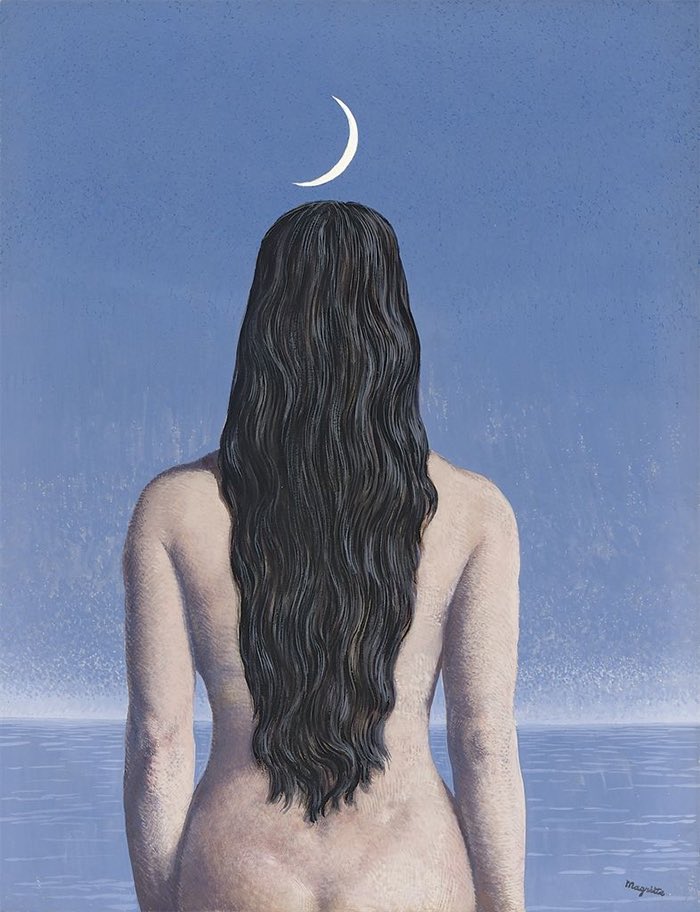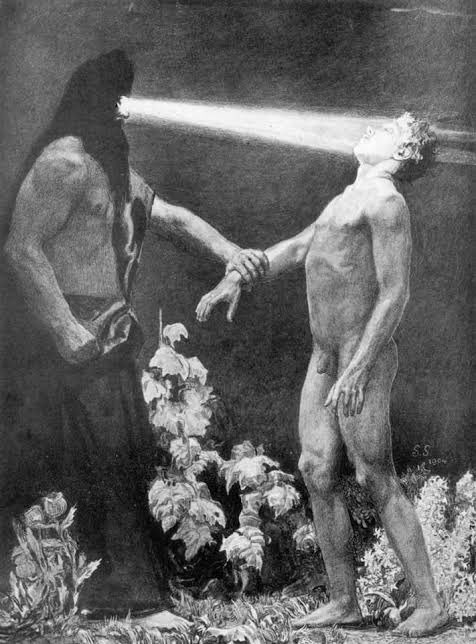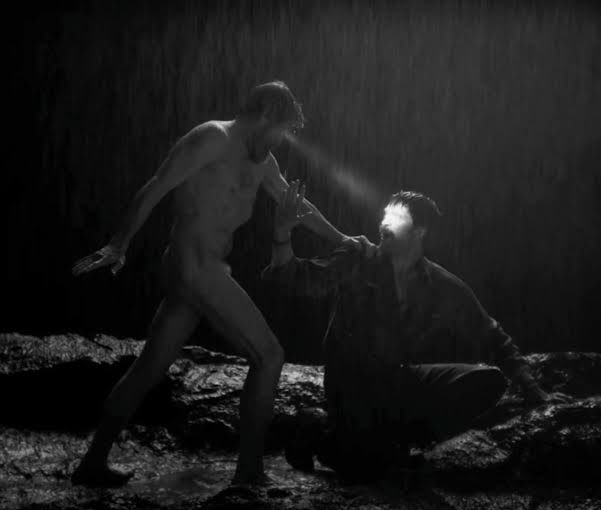THREAD — ART INSPIRES ART
Throughout the history of film great painters influenced the mise en scène of directors and cinematographers and themes and structure of scenes and sometimes even the complete film, let’s take a closer look at art inspiring art.
Throughout the history of film great painters influenced the mise en scène of directors and cinematographers and themes and structure of scenes and sometimes even the complete film, let’s take a closer look at art inspiring art.
House by the Railroad depicts a grand but worn house fronted by tracks of a railroad making the house isolated, the same goes with house in Psycho. Both images express a sense of isolation.
In both works, the young woman& #39;s facial expression and closed eyes simultaneously evoke feelings of abandonment, ecstasy.
Django’s costume is influenced by Gainsborough’s The Blue Boy, as Tarantino admitted that the blue satin coat and breeches would be a perfect fit for his character Django’s eccentric sensibilities.
The opening shot of Lost In Translation is a direct visual reference to Jutta.
Jean-Hippolyte Flandrin, Jeune Homme nu assis au bord de la mer (1835) | Paul Thomas Anderson, There Will Be Blood (2007)
Both men are sitting naked by the sea, broken and surrounded by nothing.
In this scene in, Little is facing the sea under the blue moonlight same as the lady in La Robe Du Soir, both images evoking a cold feeling of loneliness and isolation.
The Lighthouse’s homosexual themes are heightened by borrowing Hypnosis from the German gay artist.
End of Thread.

 Read on Twitter
Read on Twitter